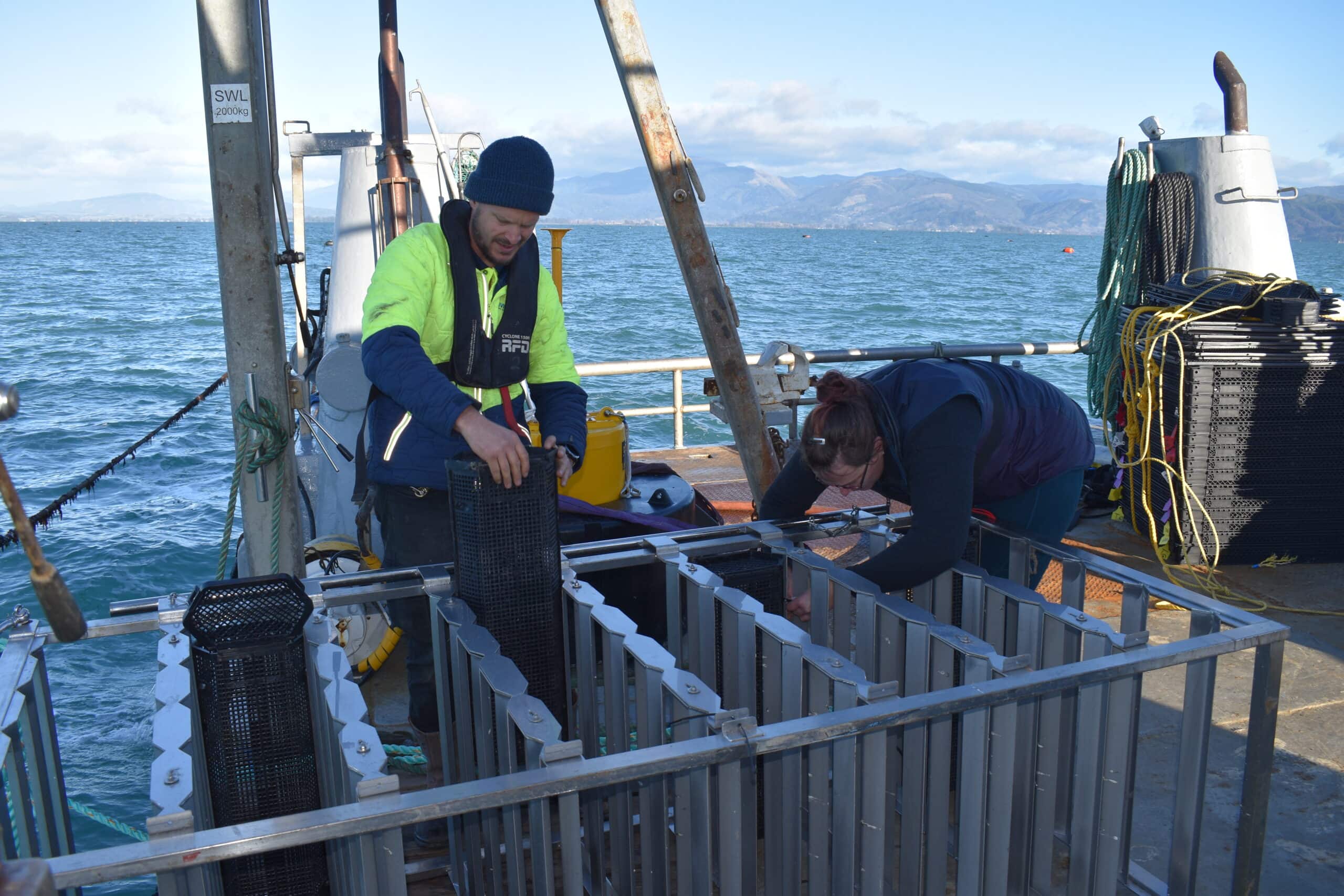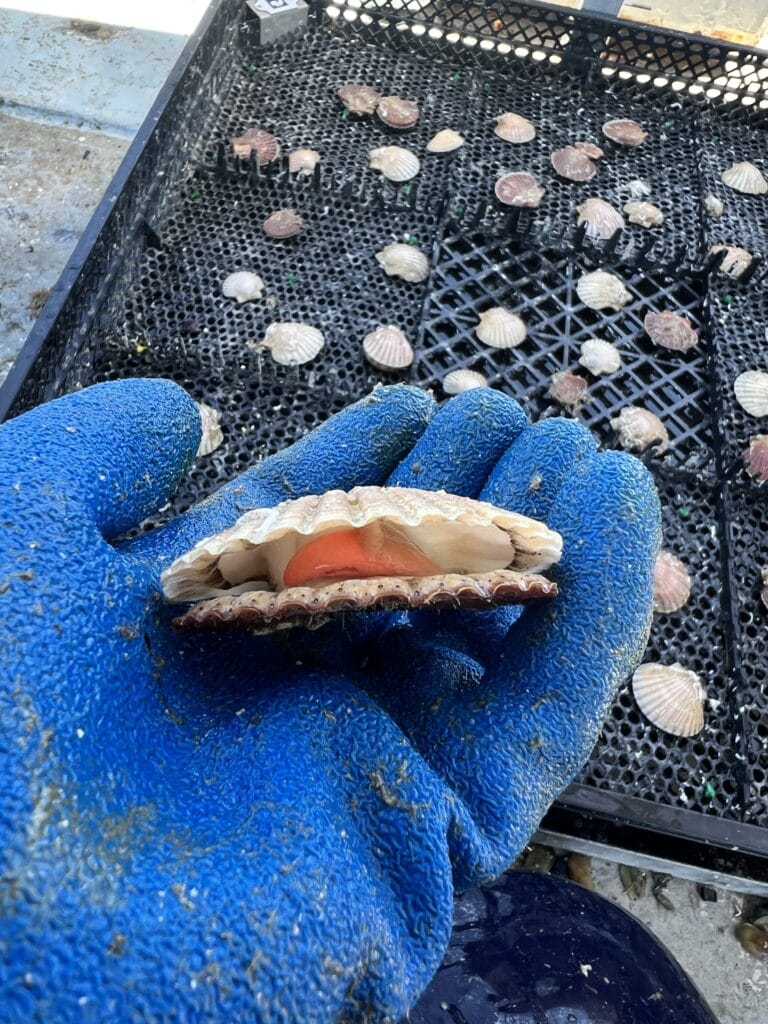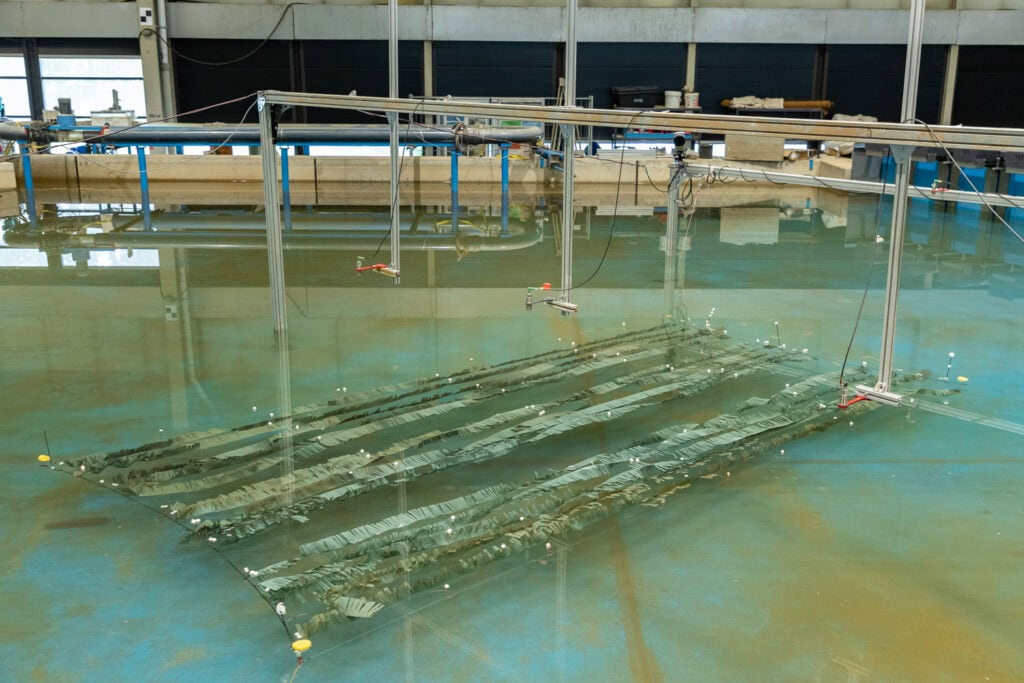While most New Zealand oysters are farmed in sheltered inshore waters, the Open Ocean Aquaculture (OOA) project is testing whether oysters can also thrive sub-tidally in deeper, more exposed offshore environments. The idea is that by going deep, the structure and the species being grown can avoid the high energy found at the sea surface at the exposed site.
In partnership with Cawthron’s Shellfish Aquaculture Research Platform (ShARP) (with support from Moana Oysters –Oysters – Moana New Zealand), oysters have been grown on the Shellfish Tower — a prototype structure designed to hold shellfish below the surface in the dynamic conditions of the open ocean.

A Two-Stage Farming Approach
The idea is simple:
🌊 Grow oysters offshore during their early-to-mid-life stage, where space is abundant and biofouling pressures are reduced.
🏞️ Grow them to harvest size on site or transfer them inshore for final “fattening” and shell strengthening before harvest.
Transferring them inshore in a two-stage approach could allow growers to scale up production by using offshore space for bulk growth, while still taking advantage of the ideal finishing conditions found closer to shore.

Figure 1: Spat ranging from 6mm to 10mm at deployment
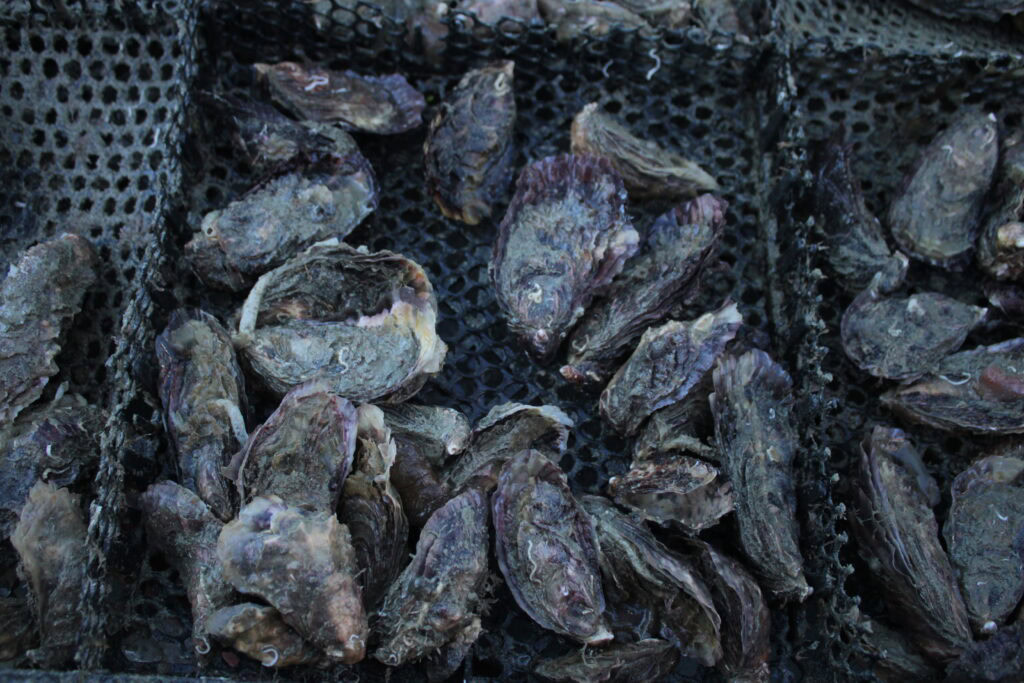
Figure 2: After 11 months the oysters are between 50 and 70mm

Contact Dr Kevin Heasman
Program leader – open ocean aquaculture, Cawthron Institute
Image Caption
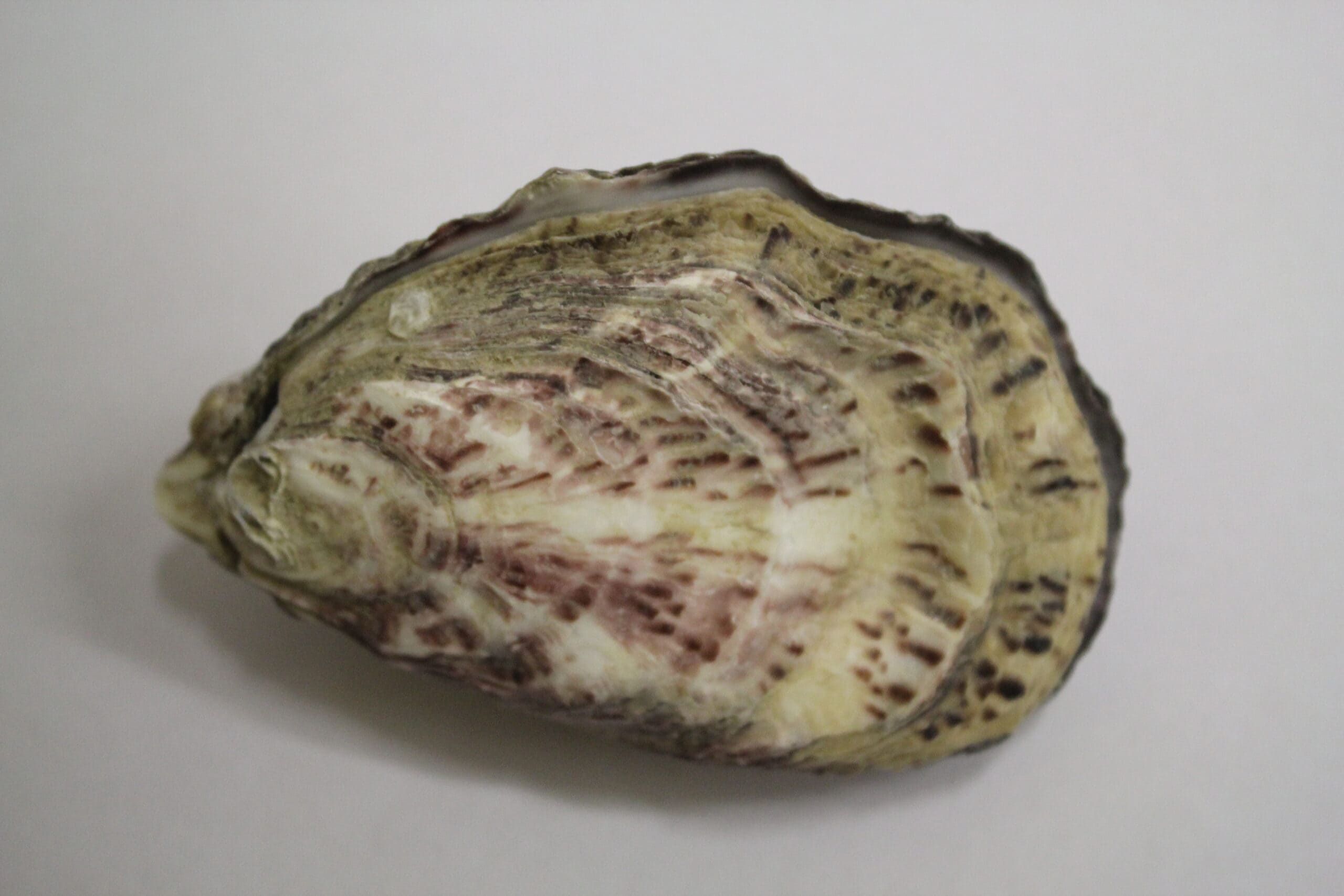
One of the oysters from the growth trial. The emphasized growth rings that can be seen indicate when the oyster was graded and rumbled to thicken the shell.
New Opportunities for Industry
This method could also open up new business models:
- Farms could diversify operations by rearing intermediate-stage oysters offshore and selling them on as seedstock to inshore growers.
- Oyster companies could expand production capacity without needing to secure more inshore space — which is often limited and highly competitive.
While still in the trial phase, these early efforts are showing promising signs, with good survival and growth. The research team will continue monitoring performance as the oysters move toward the fattening phase.
Image Caption

